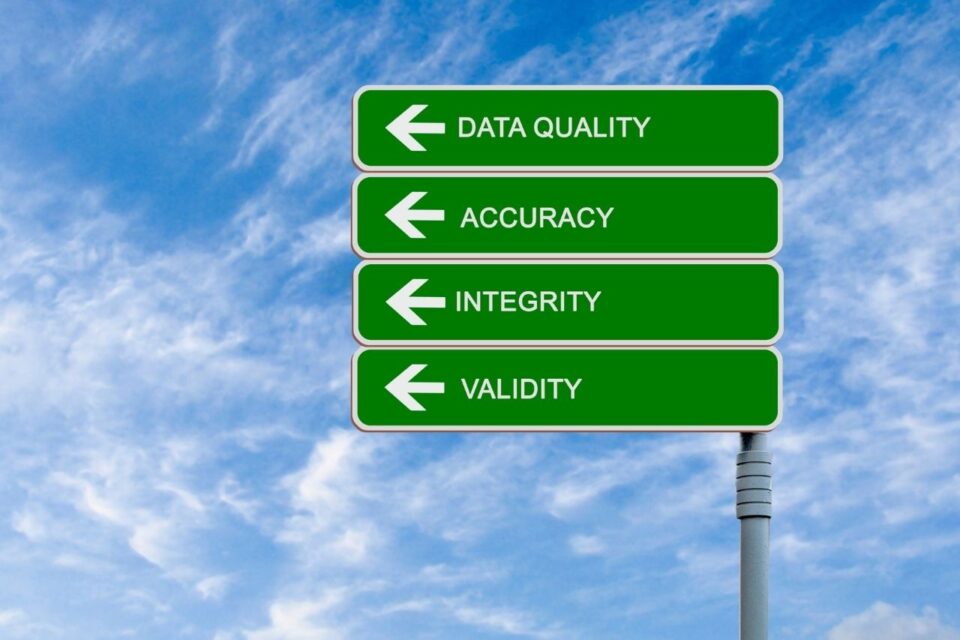
What Prior Authorization is and How to Speed it up?
February 17, 2021
What is revenue integrity in healthcare?
March 3, 2021There is often a misconception about claims; that is, it starts and ends with reimbursement.
Even though reimbursement is one of the critical components in a claim’s life cycle, it is not the only vital piece. Therefore, it is crucial to understand each stage of a medical claim so that errors and costs can be minimized and collections can be improved.
A claim goes through multiple processes before it becomes eligible for payment. If a claim is ineligible, it will either be rejected or corrected to make it eligible. These processes are crucial for a claim since they help get rid of ineligible claims.
So here are the steps and phases that consist of the life cycle of a medical claim:
Data Entry
All claims begin with a form that is either on paper or an e-form. In this phase, data is entered so that it can be verified and classified. Then a system which is known as the Medicaid Information Technology System (MITS) validates the contract. Along with the contract, it validates the provider’s benefit plan and the information regarding the reference code. All the data is further cross-referenced with the provider’s demographics for accuracy.
Editing
The editing phase is also called the suspended claim phase. After the data has been verified, the MITS further edits it to see if it is at par with the business’s rules, which is when claims can be denied and suspended. If MITS detects third-party responsibility, claims are denied. In case they are not suspended, they go on to the cost avoidance phase, which is the first step towards reimbursement.
Pricing
In this phase, the MITS checks the price indicator and rate type to calculate the final payment and sees if there are any prior authorization rates. In case there are and the claims require manual pricing, they are immediately suspended.
Audit
In this phase, the data is rechecked against the information given by the same provider. During this stage, denials can be made based on duplication, service conflicts, or limitations.
Disposition
After a claim gets through the audit phase, it is in a stage where the claim is given the status of either denied, suspended, or paid. The suspended ones further go into review, and then it is decided whether it is corrected and then paid or completely denied. The data collection staff thoroughly reviews the suspended claims before they are denied.
But the claims in which corrections are done are essential in that they go through the entire process of the claim life cycle. In case a claim is denied in the disposition phase, it is finalized and is moved to the provider’s denied history.
Reimbursement
After thoroughly reviewing the claims and processing them through MITS, this phase constitutes payment to the recipients. When the claim gets to the paid status, payment is processed to the provider.
Therefore, the life cycle of a claim is indeed too complicated and time-consuming. But they are also manageable, and if they are executed with efficiency, errors can be decreased by a considerable amount.
Discover The Ultimate Pricing Transparency Solution
If you are interested in a free demo of our AllPayor® Software, please go HERE or you can register for a FREE webinar HERE





